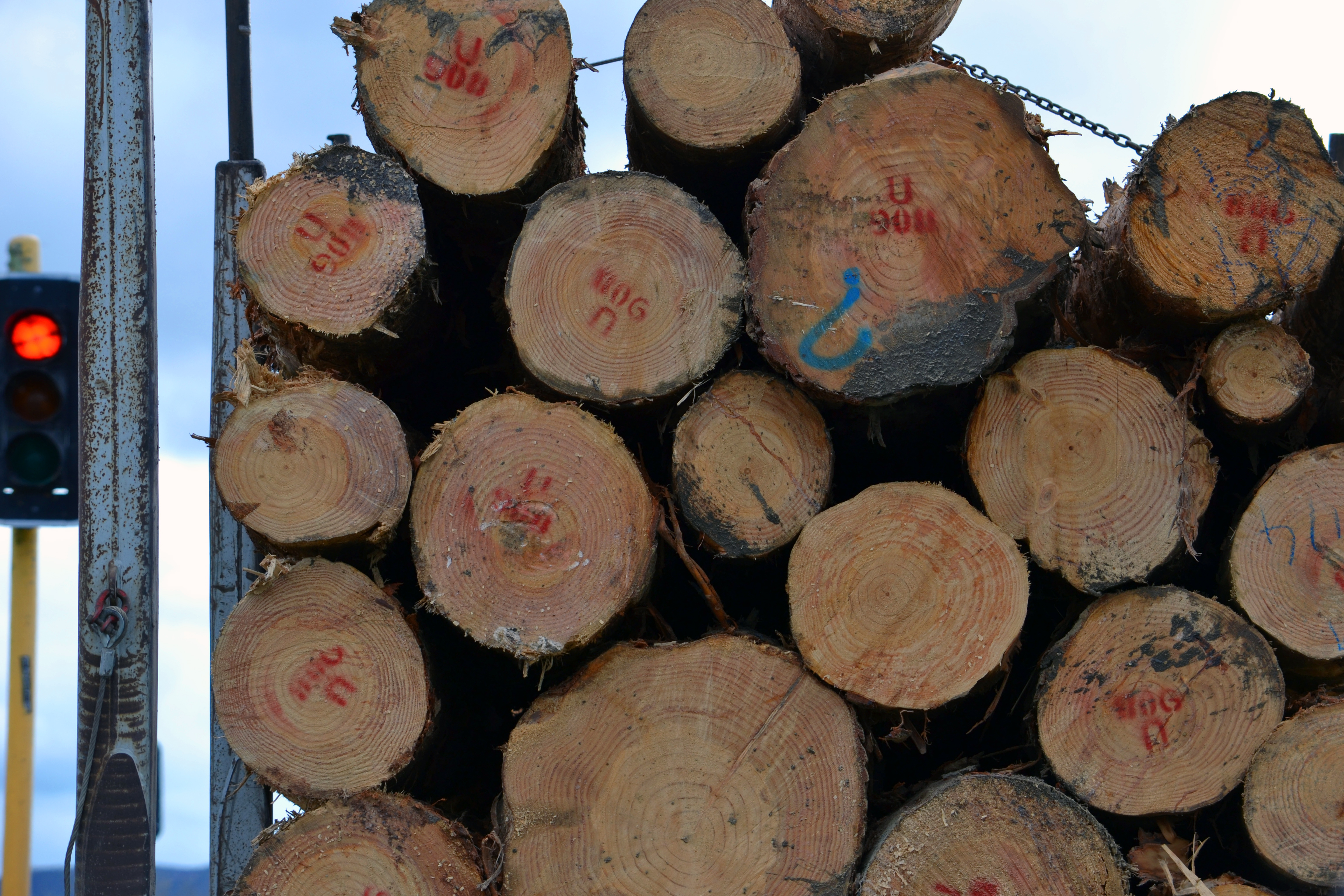The international timber trade is big business, worth some $226 billion in 2015. Unfortunately, a considerable proportion of this trade is illegal.
In 2014, the UN Commission on Crime Prevention and Criminal Justice declared illegal logging to be a “serious crime,” meriting the same level of attention as crimes such as drug trafficking. Crimes range from lone operators stealing trees from protected forests to sophisticated transnational schemes involving mislabeling of shipments, avoidance of taxes, and corrupt government officials and companies.
But just as illegal loggers are becoming more sophisticated in their thievery, so, too, are the technologies to catch these culprits. Advances in everything from chemistry to computing are helping authorities identify illegal timber and arrest its traders.
What Is This Wood, and Where Did It Come From?
Identifying different types of woods is a key hurdle for authorities fighting illegal logging. Different kinds of wood look alike to most everyone but specialists, making it tricky to know a protected species from a legally harvested one. And even if you know a sample is, say, teak, it can be very difficult to tell which country it came from. Paperwork accompanying timber shipments may provide this information, but such papers are frequently forged in many countries of origin.
Though many more are available, four promising methodologies have published successes with identifying woods’ species, origin or both.
Wood anatomy focuses on the physical properties of wood, where an investigator analyzes – either on a macro or micro scale - the anatomical differences between species of trees and compares the differences to a reference sample or database. At the macro level, a simple magnifying glass can be used; for more precise identification, the investigator might turn to a high-resolution microscope. The technique has been deployed to great effect in Brazil.
These efforts are evolving to include computer assistance. The “Xylotron”, developed by the U.S. Forest Service, is forging a new frontier in wood anatomy by employing algorithms akin to human facial recognition software on images of microscopic wood slides. The power in this method comes from the system’s ability to compare thousands of images to identify species based on subtle diagnostic characteristics that would be hard to identify with the human eye.
DNA-based analysis has great potential as a method for accurately identifying both species and origin of timber specimens, and even individual trees.
DNA-based methods do, however, face some remaining technical challenges. First, it is still relatively difficult to reliably extract useable DNA from wood products that have been mixed with other species, or have been heat-treated, exposed to glues, or otherwise processed. Second, the diagnostic power of the genetic characteristics, or “markers,” a researcher has identified varies among different kinds of trees. The Quercus (oak) genus, for example, is characterized by a high level of hybridization between species, reducing the reliability of genetic markers to help determine species and origin of specimens.

Several technologies rely on analysis of the chemical properties within the wood sample:
Stable isotope analysis is a method where investigators analyze isotopic ratios, a sort of atomic signature which trees absorb from the surrounding water, air and soil. These ratios are indicative of specific regions on the earth, allowing a researcher to identify the origin of a wood specimen. While the granularity varies, innovative developments employing chemometric analyses and the addition of rare earth and trace elements may soon lead researchers to finer-scale origin identification.
DART-TOFMS (Direct Analysis in Real Time (Time of Flight) Mass Spectrometry) is a method that applies a stream of helium ions heated to 450°C to volatilize chemicals found within and on the surface of a wood sample, providing a full chemical profile. The power of this tool comes from the rapid ability to analyze the sample non-destructively with little or no sample preparation.
In some cases, a combination of these techniques may be the most effective approach. For example, an investigator could use DART-TOFMS to identify the chemical signature of a specific tress species and couple that data with stable isotope information providing the isotopic signature of the tree’s origin.
Rainforest Crime Scene Investigators Add Tools
While each of these technologies heralds great promise, hurdles remain. Reference databases are a top priority. Law enforcement officials also must embrace the new tools, and buying the technologies and training officers in their use will require sufficient funding.
These difficulties aren’t insurmountable. In fact, before fingerprinting became a ubiquitous tool for crimefighters, it faced similar challenges. With support and investment to develop and field-test these technologies further, the use of these “rainforest CSI” tools could become just as commonplace—and effective in fighting crime--as fingerprinting.
Much of this information came out of discussions at a recent workshop, Development and Scaling of Innovative Technologies for Wood Identification. Learn more here.


